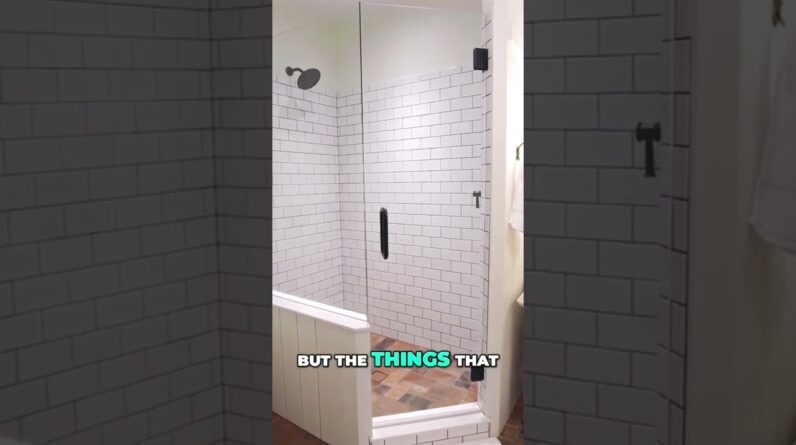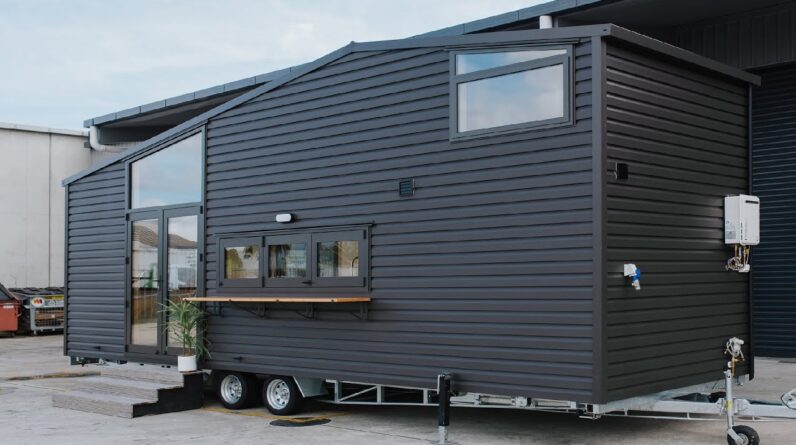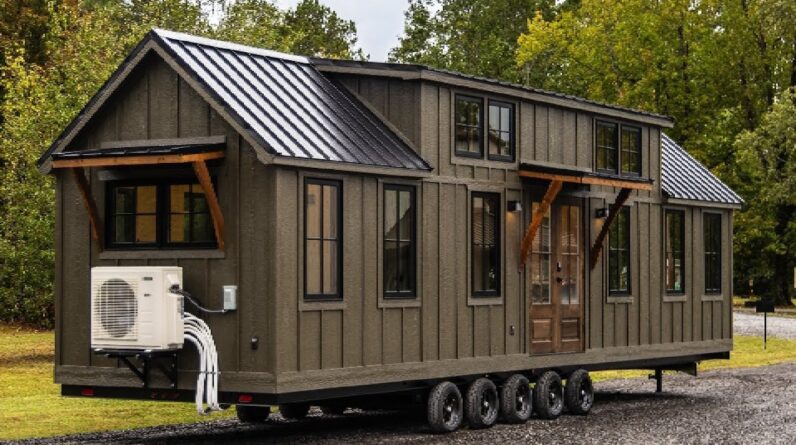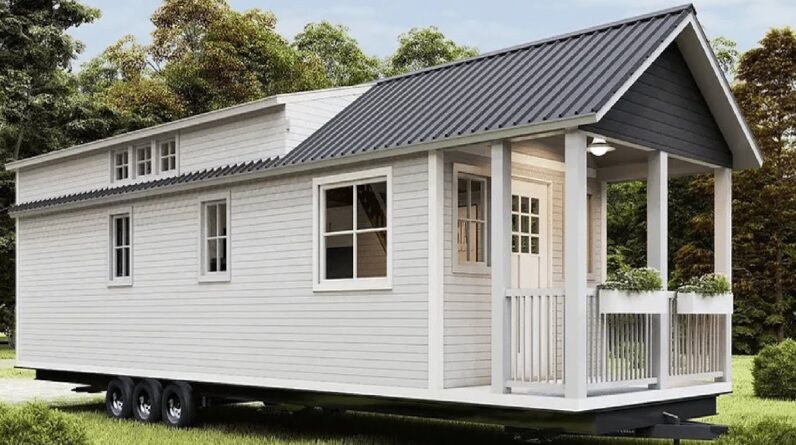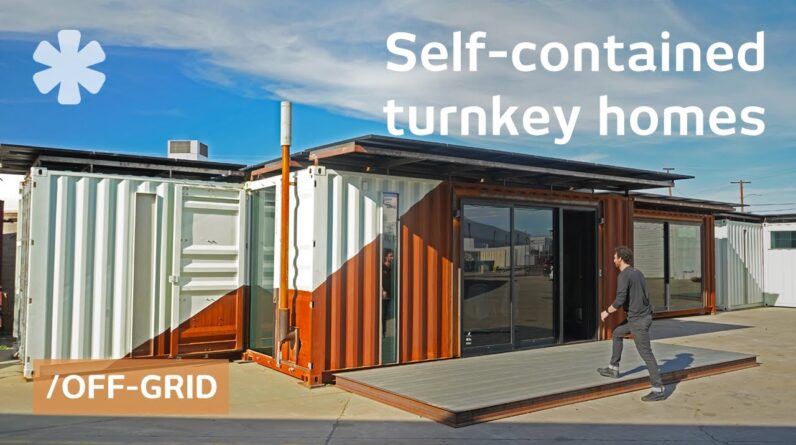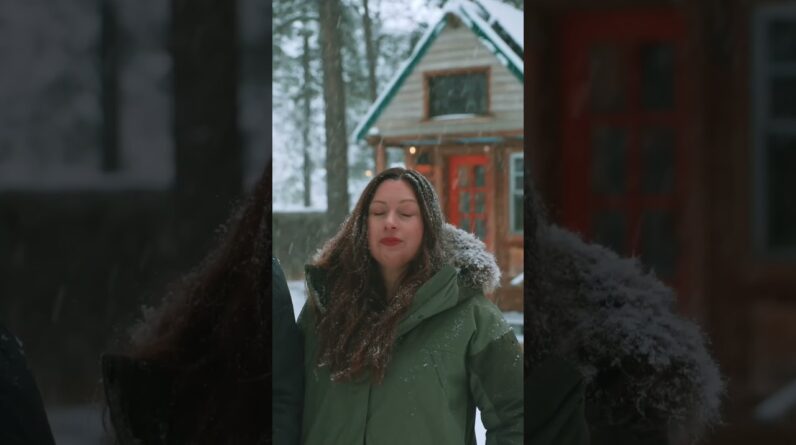Fifteen years ago David had friends building underground shelters, but he didn’t understand the attraction, until an ice storm took out his power and left him without electricity for a couple weeks. After building his own “concrete box” underground which doubled as both disaster bunker and guest house, he realized there was a faster and cheaper way to go underground. Instead of spending a year and $100,000 to place rebar and concrete forms, he began to bury Quonset huts for clients as a quick and more affordable solution to erect subterranean shelters.
After digging into a hillside or into the ground, the Quonset hut itself goes up in a couple days on top of a cement foundation (the corrugated metal structure was originally developed by the US Navy during WWII as a quick, lightweight housing that could be assembled with unskilled labor). Then a layer of spray foam is applied, followed by a layer of shotcrete (sprayed concrete). Instead of rebar, David uses Helix Steel or “micro rebar” to reinforce the concrete. Time can vary by the size and location of a project, but David estimates the entire process takes about a month.
We visited the underground Quonset shelter he built for a client in 2010. It has 3 bedrooms, a full bathroom, a kitchen with dishwasher and cast iron stove, plus a well with access from inside and a loft filled with several years worth of dry food.
https://vikingshelters.com/
https://www.youtube.com/@UClEaGOcDH8YxVIlcSaFZOLQ
On *faircompanies


